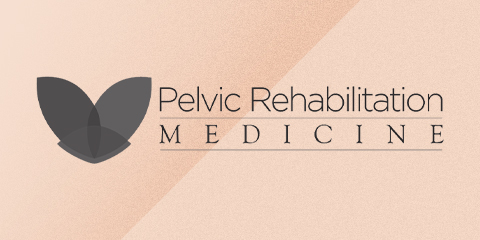Taking a New Approach to Pelvic Pain
Women's Wellness Now
Baird's 2022 Women's Health & Wellness Showcase
Taking a New Approach to Pelvic Pain
Pelvic Rehabilitative Medicine (PRM) treats women facing pelvic pain and pelvic floor muscle dysfunction, gynecological issues, postpartum symptoms, perimenopausal and menopausal changes, and more.
Allyson Shrikhande, Co-Founder and Chief Medical Officer, talks about helping women navigate care for pelvic pain and pelvic floor muscle dysfunction
Key Takeaways
- A Common Need: “This pelvic floor muscle dysfunction and persistent pelvic pain actually affects 14% of women throughout their lifetime, so it's quite common,” said Shrikhande, who also shared that PRM’s patients suffer from these symptoms for an average of six to seven years and see seven to 10 providers before coming to PRM.
- Shedding Light, Bridging Gaps: PRM sees an opportunity to better serve patients through proper diagnosing and coordinating care. “We see ourselves as the quarterback of our patients’ care,” and the PRM team coordinates care between patients’ providers whether those be MDs, DOs, nurse practitioners, physical therapists, behavioral health specialists and beyond.
- PRM Is Working to Decrease the Healthcare System Utilization & Cost Burden for Pelvic Pain Patients: Patients with pelvic pain and pelvic floor dysfunction often undergo unnecessary diagnostic and therapeutic procedures because the conditions can be difficult to catch on classic tests. “We are keeping patients out of the emergency room once they meet us, we are weaning them off their opioids, and we are ultimately decreasing the amount of procedures and surgeries that our patients need,” said Shrikhande, highlighting PRM’s approach and the value of proactive care for patients.
This is what we are trying to accomplish, to educate both the patient population and the healthcare system that there is treatment out there for these symptoms.
Allyson Shrikhande, Co-Founder and Chief Medical Officer
Connect With the Baird Global Investment Banking Team
Healthcare

Jason Porter

